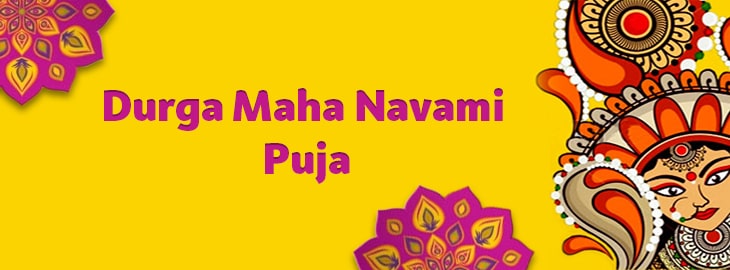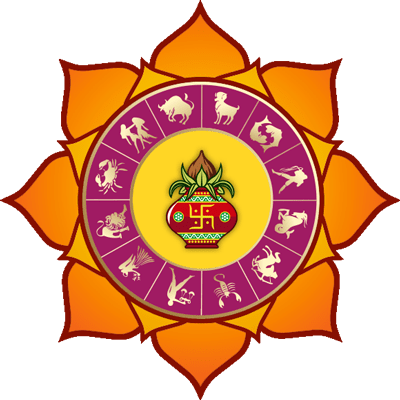
Durga Maha Navami Puja
Get Durga Maha Navami Puja 2024 date and muhurat for New Delhi, India. Know important ninth day rituals of Durgotsav here.
Durga Maha Navami Puja 2024
When is Durga Maha Navami Puja in 2024?
Fri
11th
Oct
Durga Maha Navami Puja Muhurat For New Delhi, India
Navami Tithi Begins at 12:08:52 on October 11, 2024
Navami Tithi Ends at 11:00:45 on October 12, 2024
Maha Navami is contemplated as 3rd and the last day of Durga Pooja. Maha Navami also begins with Maha Snaan and Shodashopachara Pooja.
On the day of Maha Navami Goddess Durga is worshiped and reverenced as Mahishasura Mardini which means the annihilator of Mahishasura. It is assumed that on this very day Goddess Durga kill Mahishasura.
On this very day only traditions like Maha Navami Pooja and Durga Balidan Navami Havan also come into play.
When is Maha Navami celebrated?
- If Navami Tithi start on the Ashtami Tithi, then Navami Pooja and the fast is observed on the Ashtami Tithi.
- According to the scriptures, if the Ashtami Tithi and Navami Tithi coincide before evening on the Ashtami Tithi, then in such scenario Ashtami Pooja, and Sandhi Puja and Navami Puja is done on the same day.
Durga Balidan
In Durga Balidan there is a tradition of gift a sacrifice to Goddess Durga. However, many people consider the sacrifice as unfortunate so symbolically they offer the sacrifice of fruits or flowers or vegetables like pumpkin, banana and Armenian cucumber (kakdi). Animal sacrifice is banned in most areas and communities of India.
At Belur Math in West Bengal, as a symbol sacrifice of sugar cane and pumpkin is offered on the day of Navami Pooja. For Durga Balidan, use of white pumpkin is known as Kushmanda. It should be remember in mind that Durga Balidan should be done on Uday Vyapini Navami Tithi. According to Nirnay Sindhu, Durga Balidan should be done in Apaharan Kaal (time between 10th and 12th Muhurat of a day) on the day of Navami.
Navami Havan
Navami Havan holds a great thrust on the day of Maha Navami. This Havan is done after the Navami Pooja. Navami Havan is also called as Chandi Homam. The devotees of Goddess Durga organize the Navami Havan and pray to Goddess Durga for good health and affluence.
It should be remember in mind that Navami Havan should always be done in the afternoon time. During the Havan, in every offering to the Havan Durga Saptashi’s 700 mantras should be chants.



